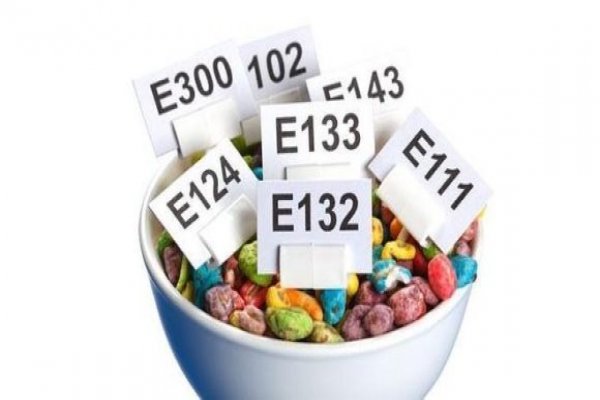in case you wanna colab with albanian translation, please contact me at info@flekitza.com
in case you wanna colab with albanian translation, please contact me at info@flekitza.com

Additives, also known as E-numbers, are ingredients that are used to change the texture, taste, color, durability, or some other property of the product.
Their use is most widespread in production of foodstuffs, but are also widely used in the cosmetics, pharmaceutical and textile industries.
Each additive must be entered in the register and marked with its own E-number.
In addition to classification, the E-number serves as a confirmation of a toxicological evaluation (health risk assessment).
Most modern additives are artificially obtained chemical compounds that pose a major health hazard.
Their exact number is unknown because they change every day - some additives are added to the register, and others are withdrawn and forbidden after years of use.
According to estimates, there are approximately 3,000 compounds that are now used as additives.
Chemicals that are used as additives are toxic and accumulate in the body, leading to various diseases and conditions.
Some of the additives can cause migraines, dizziness, tiredness, and even severe illnesses such as diabetes, multiple sclerosis, and cancer.
Some E-ingredients are completely natural and safe to consume.
The most famous of them is curcuma whose number is E100.
10 additives that must be avoided
E102 - tartrazine
E122 - azorubin
E129 - allura red AC
E621 - Sodium glutamate
E951 - aspartame
E211 - Sodium benzoate
E151 - brilliant black BN
E213 - Calcium benzoate
E952 - cyclamate
E240 - formaldehyde
According to nutritionists and other experts safe to use are:
- pectin, lecithin, vitamins, minerals, citric acid, lactic acid, alginates, natural flavors, natural colors, casein, lactose, natural vanillin.
|
List of commonly used additives, their E numbers and (un)security for use |
||||||||||||||||||||||||
|
[source] e-brojevi.udd.hr
